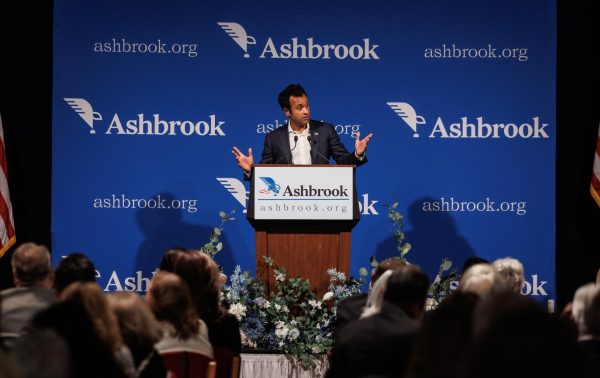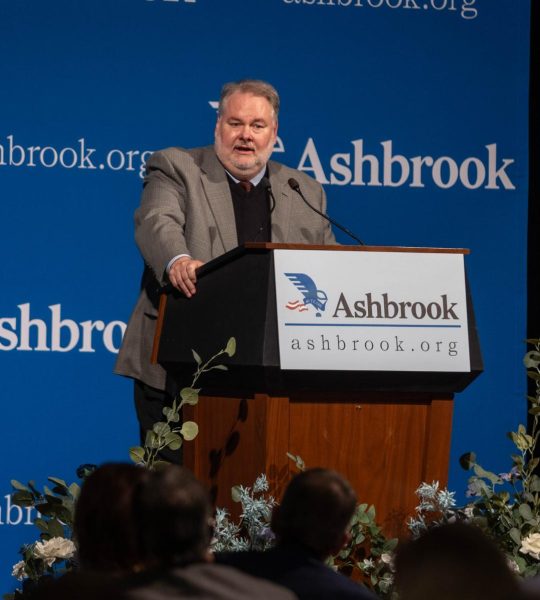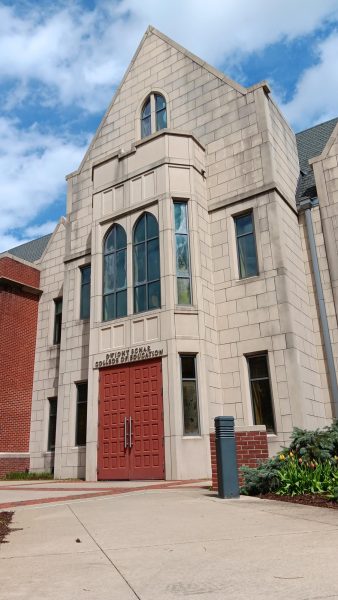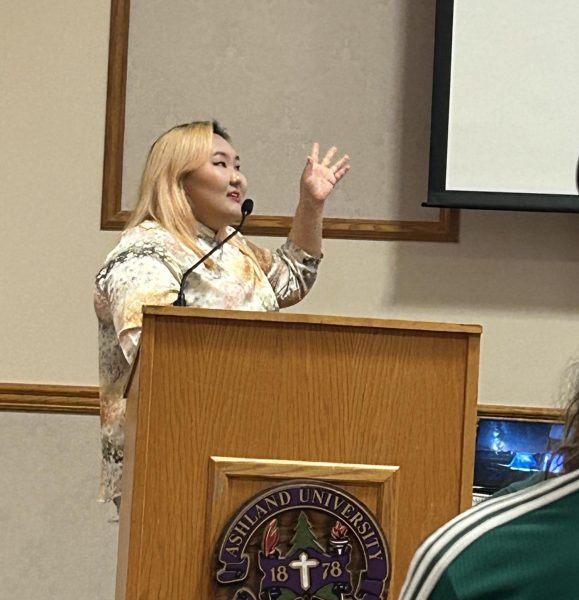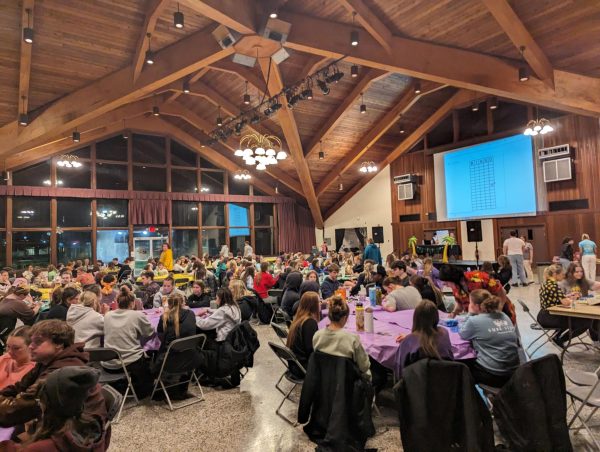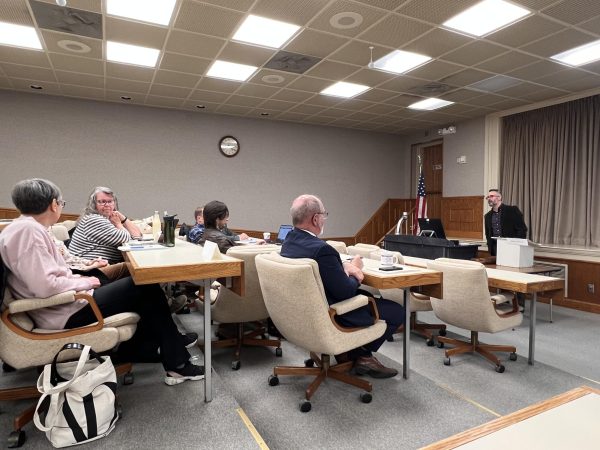Campus eagles are an endangered species
September 29, 2011
The eagles in front of the buildings on campus are a quintessential part of the Ashland University culture. There is no doubt that anyone reading this article in print has seen at least one of these eagles. There is even the high probability that if you stopped for a second and looked around, an eagle is somewhere within your visual range. Right now, that flock of purple and white eagles is facing an impending extinction, though.
There is quite a history to the eagles on campus. Some of the eagles that are on campus were actually the brand for Case tractors. If you look closely enough, some of the eagles even say “Case” on their bases.
“They [just] started showing up here on campus,” said Rick Ewing, vice president of facilities management and planning. “Kids would actually go out to dealerships and rip [the eagles] out of the ground and bring them to campus…and that’s how it started.”
The students at that time stole a large number of the eagles. There were not enough to fulfill the dream of having one next to every building, though. According to “The Eagles of Ashland,” by Duncan Jamieson and Kristine Kleptach, there was great controversy surrounding the original eagles, because of their illegitimate origins. But, that is a story that will be shared in The Collegian in depth later this semester.
As it appears in the history books, Glenn Clayton, the university president at the time, contacted Case about the eagles, asking if the college could purchase more. In an attempt to minimize future thefts, Case actually gave AU a mold to produce more eagles. Subsequently, that mold was sent off to a foundry to have more eagles cast.
Old Abe, the large eagle in front of the Rec Center, was the first eagle to be given from the J.I. Case Company to the university, with the approval of both Case and AU.
There have been six or seven buildings constructed or renovated since Ewing began working at AU seven years ago, so the stock of eagles has shrunk quickly. And with the eagles flying off the shelf as more buildings were constructed, there were only two left before a red flag was raised and the realization that more eagles would be needed.
In an interesting turn of fate, the foundry in possession of the mold also went out of business sometime before Ewing was hired. Without being able to contact a closed business, the mold was lost, as was the ability to cast new eagles, at least for the time being.
Right now, those two remaining eagles both have their future homes already picked out. An eagle was never put outside of the Dauch College for Business and Economics building when it was put up a few years ago, so one will be placed there, and an eagle has not yet been placed at the new Schar College of Nursing in Mansfield.
Only one of those eagles is on campus at the moment, disassembled and unpainted in the back of the facilities management building. Ewing sent the other out in search of finding a way to cast a new mold, so the eagles can be produced once again.
“We’ve been endeavoring to find a foundry that can reproduce the eagle,” said Ewing. “We’ve looked at everything from aluminum casting, we’ve had clay or concrete castings made, [but] we just haven’t found something that satisfactorily duplicates the original.”
Until that time comes when a new mold can be made, the remaining statues are stuck in a holding pattern. Hopefully sometime in the near future, new eagles will once again be welcomed into the flock.



